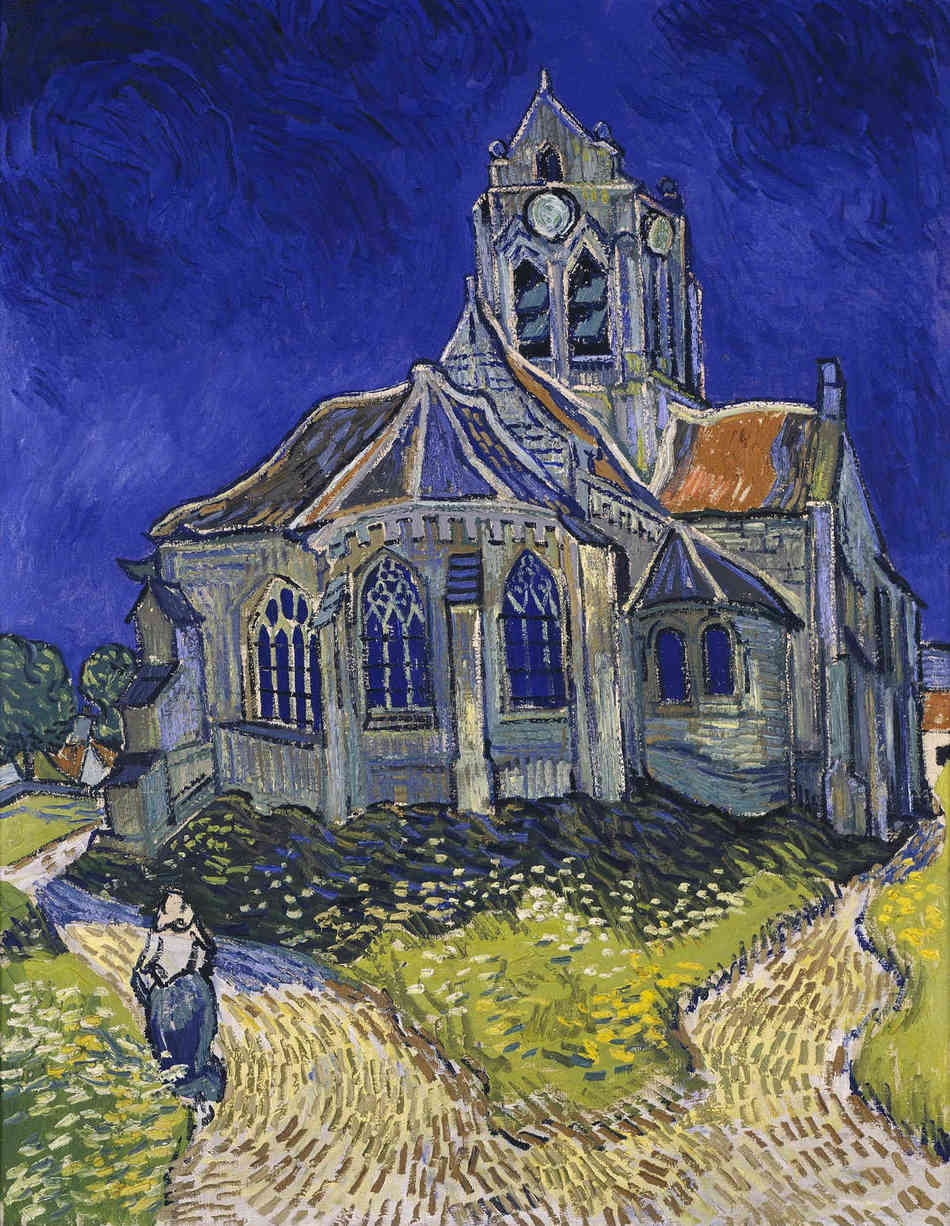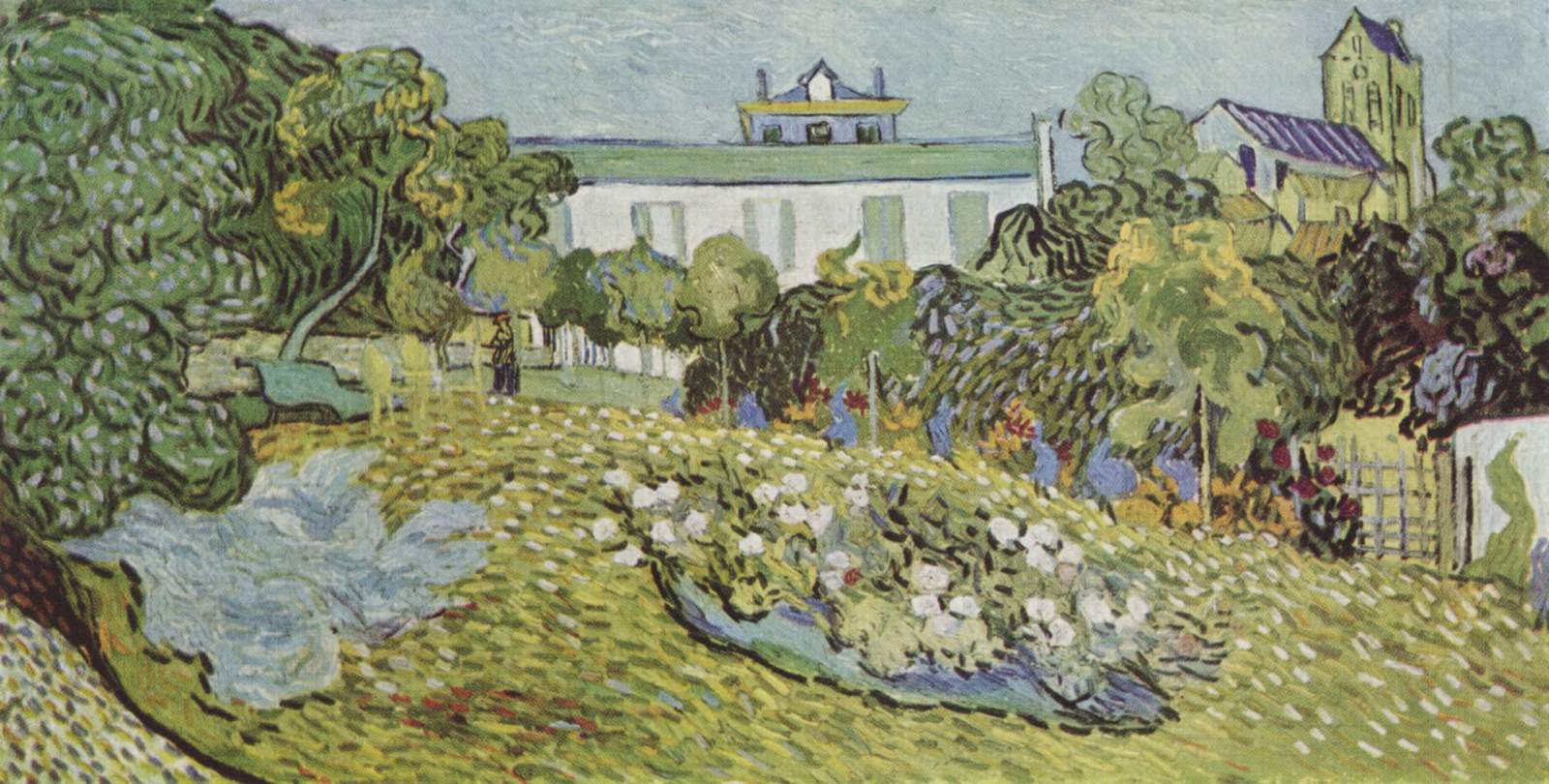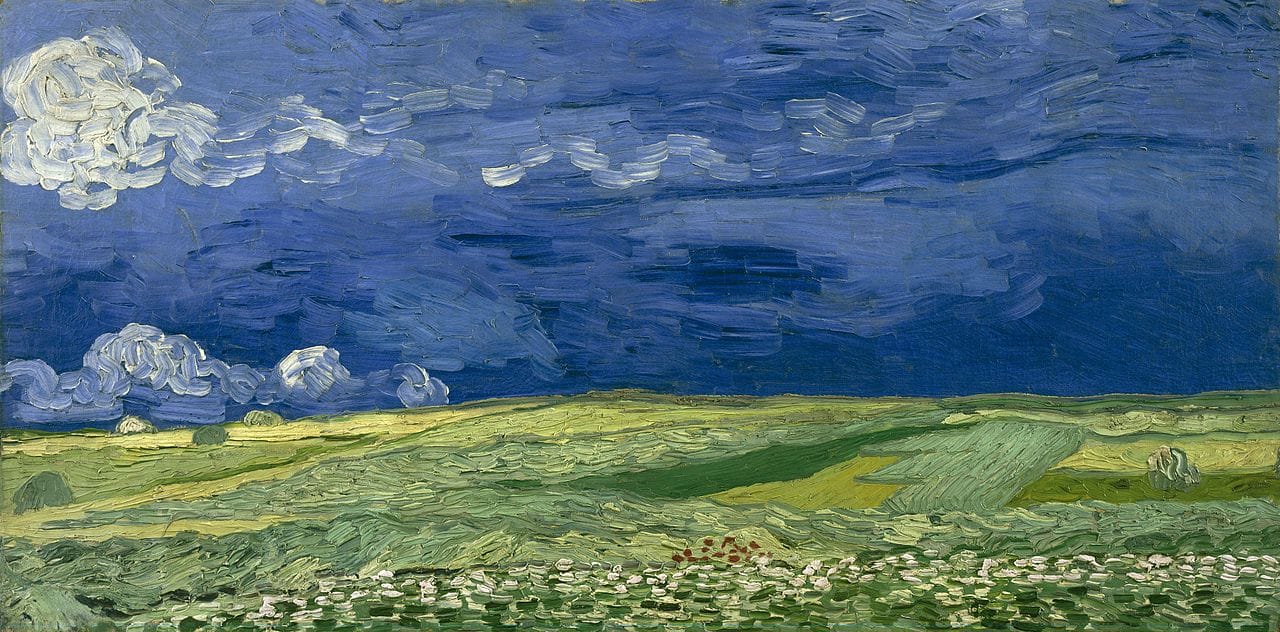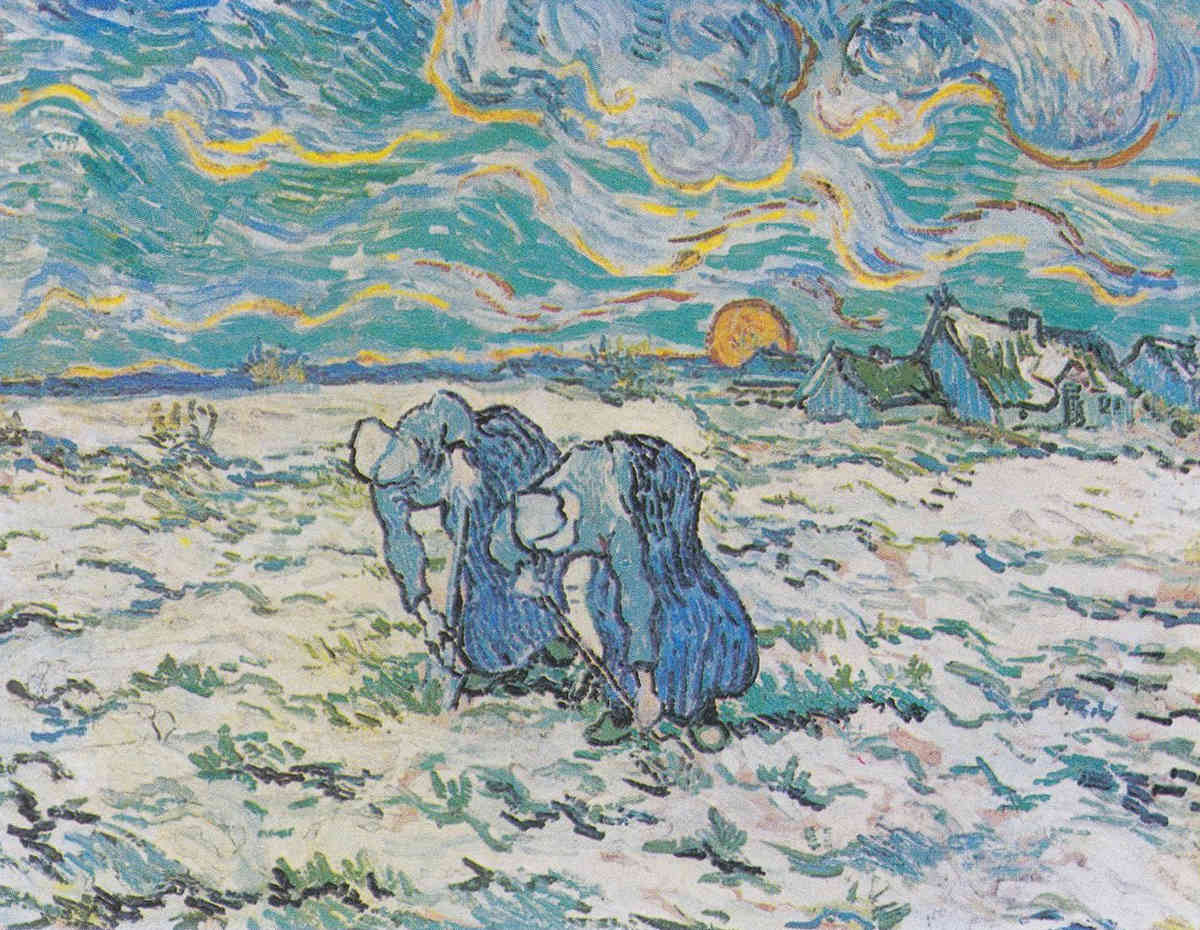Convert. Building…
Исторического Танца
Apollo 8 Flight Journal
December 21, 1968
| 00 03 28 22 | CDR | Houston, Apollo 8. How do you read? |
| 00 03 28 27 | CDR | Roger; loud and clear. We are taking pictures of the S-IVB. The postseparation sequence is completed and we seem to have the high gain. |
| 00 03 29 41 | CMP | There she is… |
| 00 03 30 29 | CMP | 03:36 … 03:36 … |
| 00 03 30 39 | CDR | Go ahead, Houston; Apollo 8. |
| 00 03 35 44 | CDR | We see the earth now, almost as a disk. |
| 00 03 35 59 | CMP | We have a beautiful view of Florida now. We can see the Cape, just the point. |
| 00 03 36 06 | CMP | And at the same time, we can see Africa. West Africa is beautiful. I can also see Gibraltar at the same time I’m looking at Florida. |
| 00 03 37 45 | CDR | We are listening for VHF Alfa simplex. |
| 00 03 38 00 | CMP | Roger. Well, Mike, I can see the entire earth out of the center window. I can see Florida, Cuba, Central America, the whole northern half of South America, in fact, all the way down through Argentina and down Chile. |
1403 Vintage Mono Pro is chock-full of advanced typographic features.


Vincent van Gogh, The Church at Auvers, 1890. Oil on canvas, 37 in × 29 1/10 in (74 cm × 94 cm). Musée d’Orsay, Paris.
The Letters of a Post-Impressionist
Anthony M. LudoviciTHOUGH the collection of letters contained in Cassirer’s publication, “Vincent Van Gogh. Briefe,” is not a complete one, from my knowledge of a very large number of the letters which are not included in this volume, I feel able to say that the present selection is in any case very representative and contains all that is essential in respect to Van Gogh’s art-credo and general attitude of mind.
For reasons into which it is unnecessary for me to enter here, it was found convenient to adopt the form of Cassirer’s publication arranged by Margarete Mauthner, and my translation has therefore been made from the German (Fourth Edition, 1911). Still, with the view of avoiding the errors which were bound to creep into a double translation of this sort, I took care, when my version was complete, to compare it with as many of the original French letters as I was able to find, and I am glad to say that by this means I succeeded in satisfying myself as to the accuracy of every line from page 39 to the end.
The letters printed up to page 38, some of which I fancy must have been written in Dutch—a language which in any case I could not have read—have not been compared with the originals. But, seeing that the general quality of the German translation of the letters after page 39 was so good that I was able to discover only the small handful of inaccuracies referred to in the appendix, I think the reader may rest assured that the matter covering pages 1 to 38 is sufficiently trustworthy for all ordinary purposes.
I should consider myself lucky to be able to work even for an annuity which would only just cover bare necessaries, and to be at peace in my own studio for the rest of my life.
The letters printed up to page 38, some of which I fancy must have been written in Dutch—a language which in any case I could not have read—have not been compared with the originals. But, seeing that the general quality of the German translation of the letters after page 39 was so good that I was able to discover only the small handful of inaccuracies referred to in the appendix, I think the reader may rest assured that the matter covering pages 1 to 38 is sufficiently trustworthy for all ordinary purposes.
Vincent van Gogh, Daubigny’s Garden, 1890. Oil on canvas, 22 in × 39 ⅘ in (56 cm × 101 cm). Hiroshima Museum of Art, Hiroshima.

With regard to dates, however, Emile Bernard does give a little more information than Margarete Mauthner; but it is very little, and it is as follows: the letters to E. Bernard from page 39 to page 73 were written during 1887; those from page 73 to page 86 were written during 1888; those from page 108 to page 112 were written during 1889, and the remainder, as Margarete Mauthner also tells us, were written during 1890. Of the letters to Van Gogh’s brother, I am afraid I can say nothing more definite than that all those which occur after page 87 were written in Arles, and probably San Remy, between 1887 and 1890.

Vincent van Gogh, Wheatfield under Thunderclouds, 1890. Oil on canvas, 19 ⅘ × 39 ¾ in (50.4 × 100.9 cm). Van Gogh Museum, Amsterdam.
Rather than disfigure my pages with a quantity of notes, I preferred to put my remarks relative to the divergencies between the original French and the German in the form of an appendix (to which the Numbers 1 to 35 in the text refer), and have thus kept only those notes in the text which were indispensable for the proper understanding of the book.

Vincent van Gogh, Two Peasant Women Digging in a Snow-Covered Field at Sunset, 1890. Oil on canvas, 19 ⅘ × 39 ¾ in (50 × 64 cm). Foundation E.G. Bührle Collection, Zurich, Switzerland.